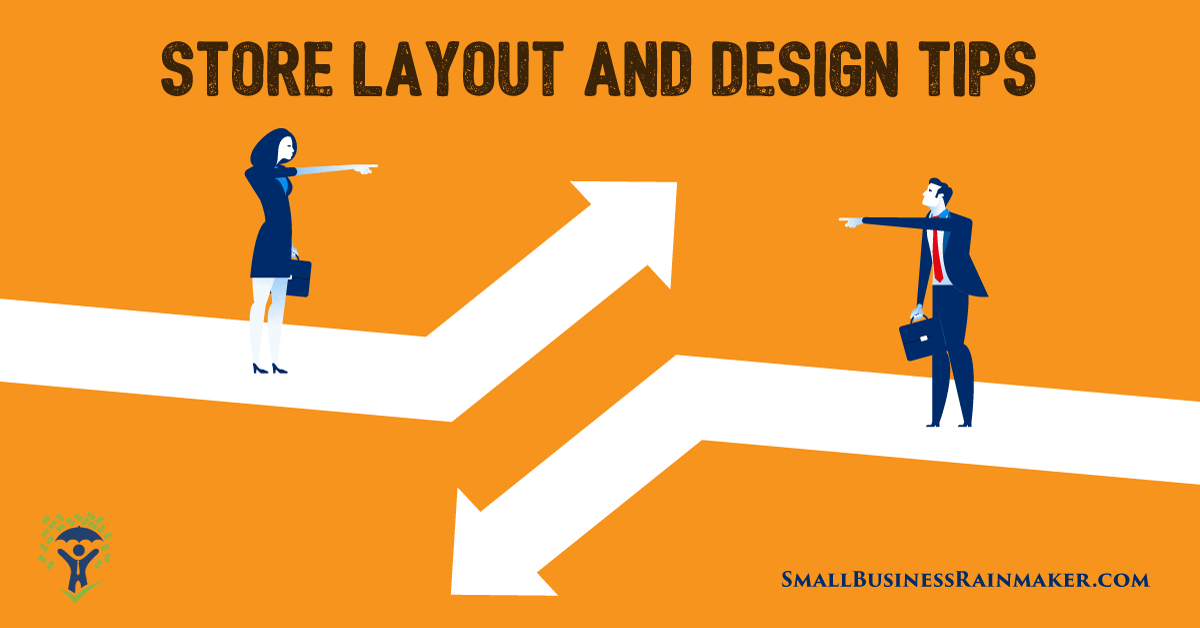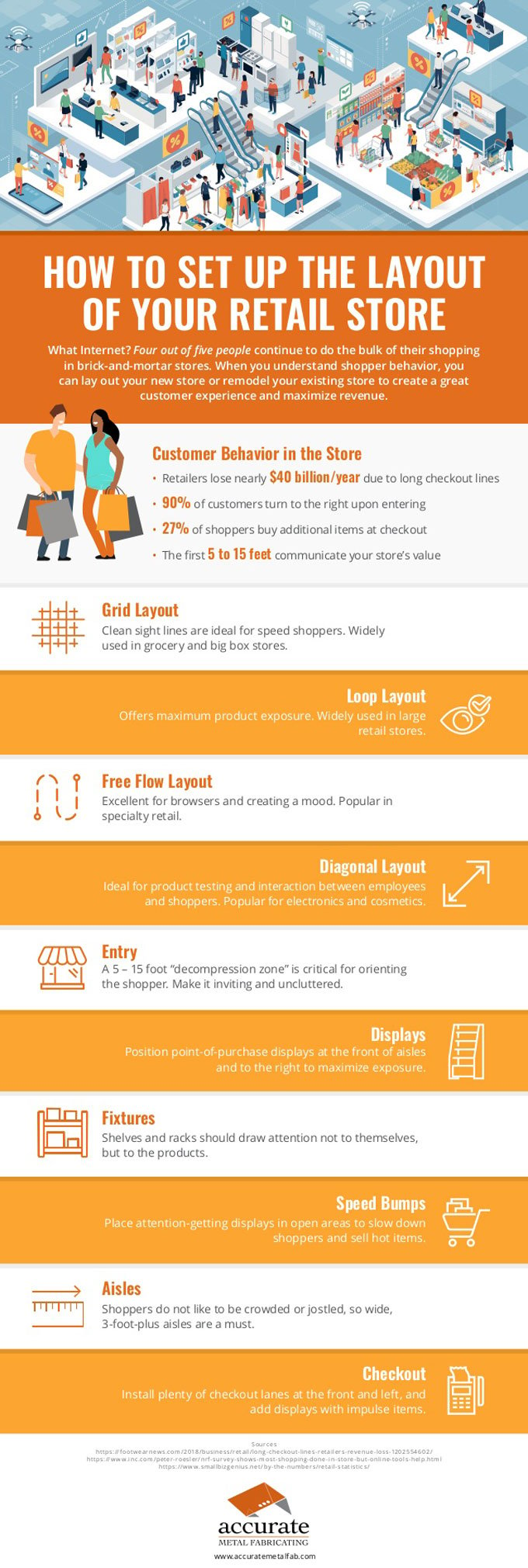
The other day I walked into a hardware store and stopped dead in my tracks. I knew exactly what I wanted but I had no idea which way to go.
If you own a small local business, that’s precisely what you don’t want to happen when a customer arrives. Fortunately for this retail store, they always have great customer service, and someone promptly asked what I needed and took me right to it.
Confusion or uncertainty on entry is but one signal that your retail store design might need some attention. And if you don’t have that personal touch, the odds are you’ll lose that customer. They’re likely to wonder around for a bit and leave if they can’t quickly locate what they need.
When you own a small local business, you’re constantly living under the threat of being overwhelmed by a bigger fish. Although the personal touch and unique inventory you offer give you an advantage over big-box stores, they can’t be your only selling points.
No matter how personable your employees are or how unique your merchandise may be, shoppers also look for convenience. If the act of shopping in your store is too confusing or takes too much time, you risk pushing people into the arms of the nearest competitor. Experienced retailers know that their store’s layout is one of the most crucial aspects of its success.
There are various ways you can arrange your aisles, and each one best suits a specific type of retail environment. Each one also ties in to the consumer psychology of your target market.
For example, a standard grid layout creates clean sight lines, which is why grocery stores use it so frequently.
In contrast, a free flow arrangement gives browsers lots of space and can be used to create a specific mood. This is why specialty retail locations such as fashion boutiques and lifestyle stores tend to utilize it.
No matter what layout arrangement you decide on for your retail business, there are a number of tips that can help you use it successfully.
These include maintaining an aisle width of at least three feet and positioning point-of-purchase displays at the front right of the aisles to capture the attention of shoppers. These strategies can help shoppers feel more comfortable and make shopping easier for them.
Other factors about store layouts have a significant affect on revenues. For example, did you know:
- Retailers lose $40 billion per year because of long checkout lines.
- 27% of shoppers buy additional items at the checkout counter.
For more tips on how to create a well-planned retail store layout, see the accompanying retail design infographic, courtesy of our colleagues at Accurate Metal Fabricating.
Tips for Your Retail Store Layout











![How to Harness the Power of Advertising Psychology [Infographic]](https://www.smallbusinessrainmaker.com/hubfs/consumer-advertising-psychology1200.png)


Leave a comment